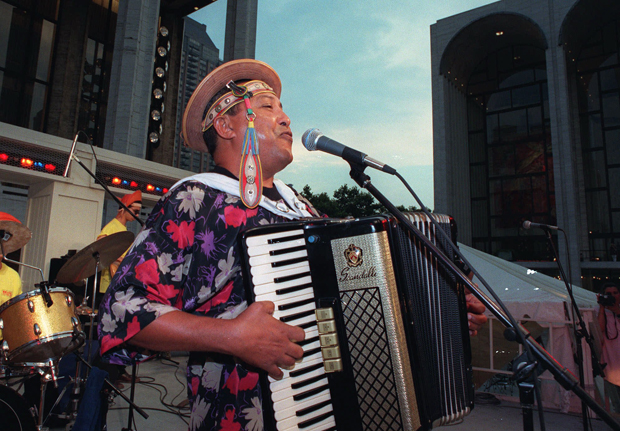Brazil’s forro: Music ‘for all’
By Tony Sarabia

Brazil’s forro: Music ‘for all’
By Tony Sarabia
Quick, name two forms of Brazilian music. I bet most of you picked bossa nova and samba. They are after all the most known genres to come out of Brazil in the last 50-plus years.
What about forro? This genre of Brazilian music has not only influenced samba and bossa, but has swept Brazil and New York City in the past few years. Sadly there isn’t much of a presence here in Chicago, although the band Swing Brasileiro is a good example. They played a set for us on Eight Forty-Eight in June.
Just so you know, in Portuguese, the double-R is not rolled, like it is in Spanish. In fact, the letter “R” sounds more like an “H.” Hence forro’s pronunciation: FOH-hoe.
One theory behind the origins of the word forro is that it’s a mispronunciation of the phrase “for all.” According to lore, British landowners would throw dance parties “for all” who could come.
The music’s origins have more to do with cowboys and farmers than bastardized English, though. Forro is the sound of the fertile farmland and desert of the northeast of Brazil known as sertao.
Forro’s syncopated rhythm is called the baiao and it has roots in African circle dances; it also incorporates polka and schottisches. The main instrument is a drum called the zabumba — a bass drum that’s played with a mallet on one hand and a stick in the other.
The godfather of modern forro is Luiz Gonzaga (1912-1978). He’s credited with mixing the rural sound with a more urban feel and bringing instruments such as the accordion and triangle to the mix. As a matter of fact, the zabumba, and those two other instruments, are now considered the classic forro line-up. Gonzaga’s tune “Asa Branca” is perhaps the most popular and beloved forro song. People from the Northeast would migrate to the favelas (slums) during the dry season and would often sing with nostalgia of returning to the land when the rains came. The protagonist in “Asa Branca” sings of having to leave the land and his lover because there’s no rain and he can’t make a living. Yes, it’s a sad song; but he does promise to return.
In this video, you can watch the great Luiz Gonzaga wears the traditional sertao cowboy outfit doing some fancy forro dance moves.
At times forro sounds like Cajun music, especially with the accordion. But at its core, it’s good ol’ fashioned Brazilian country music for dancing.